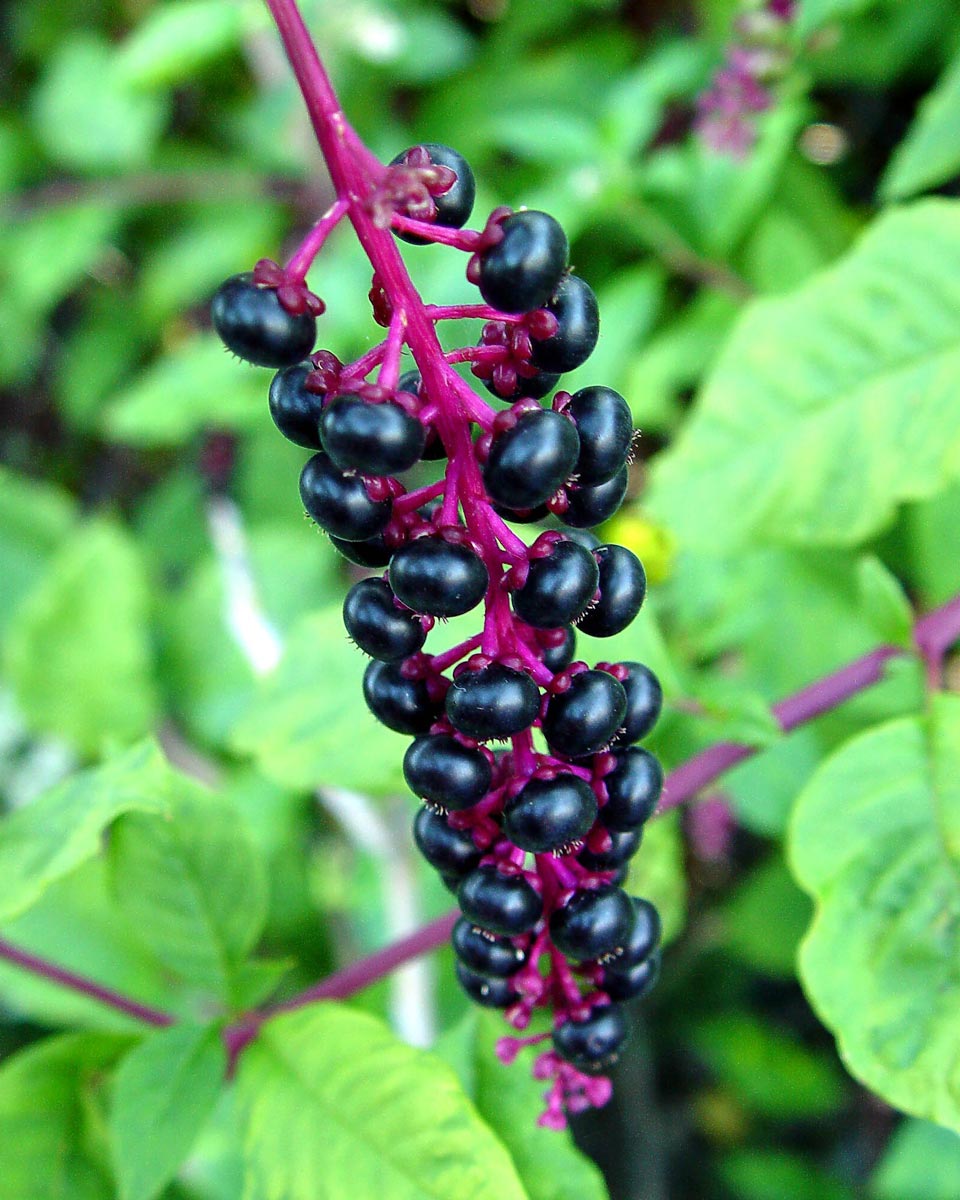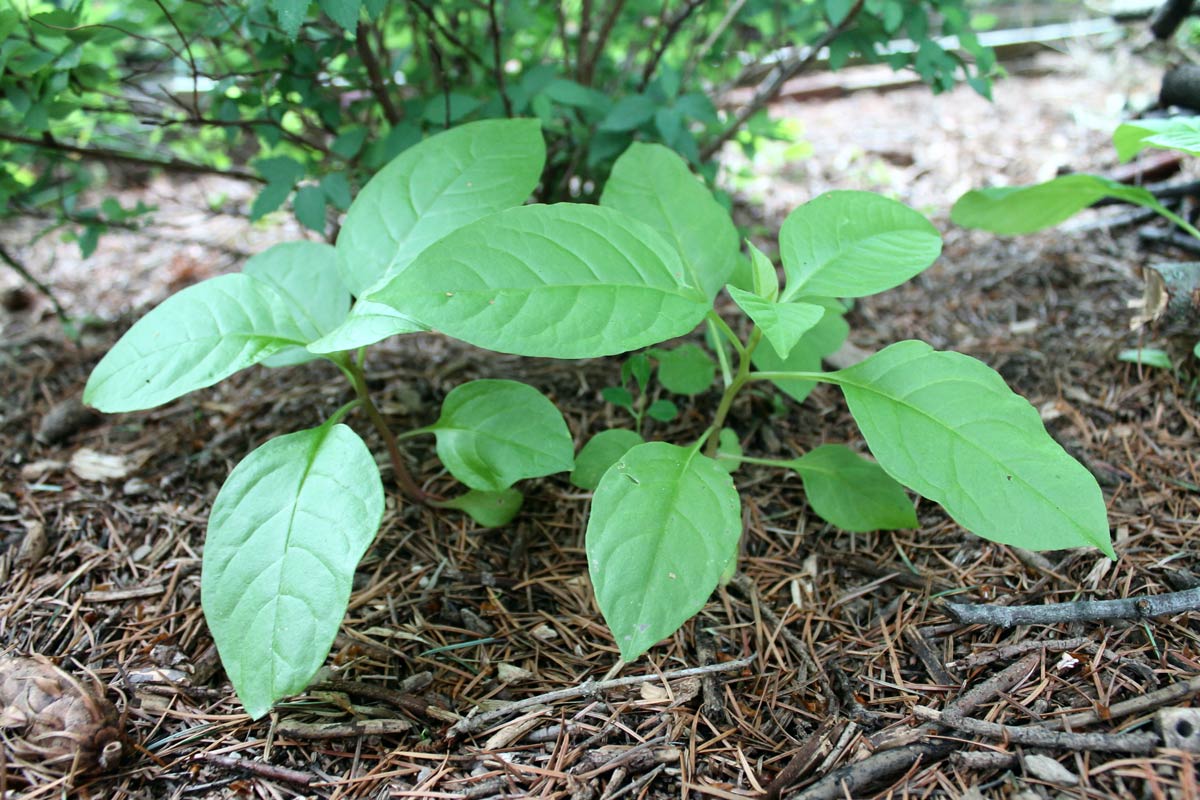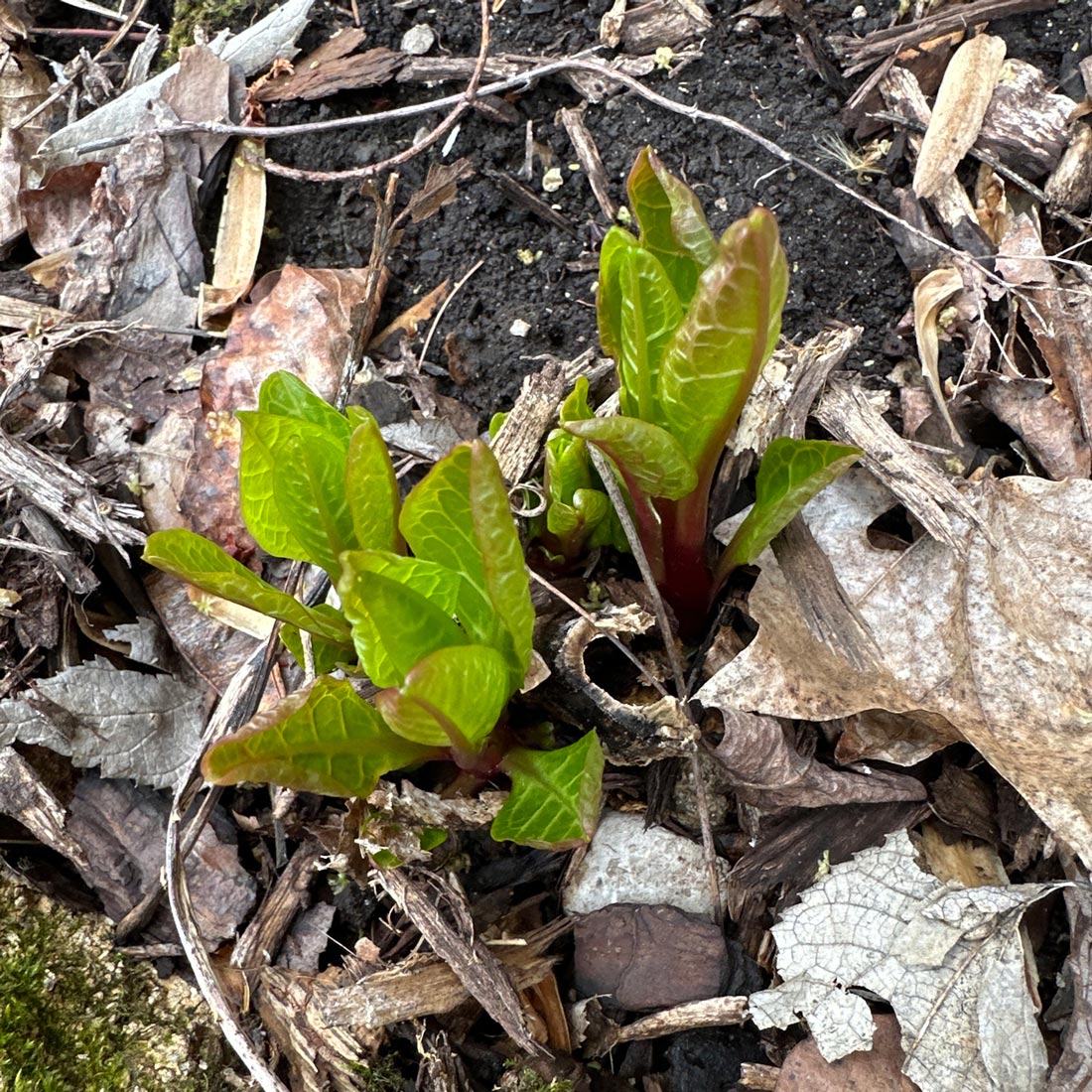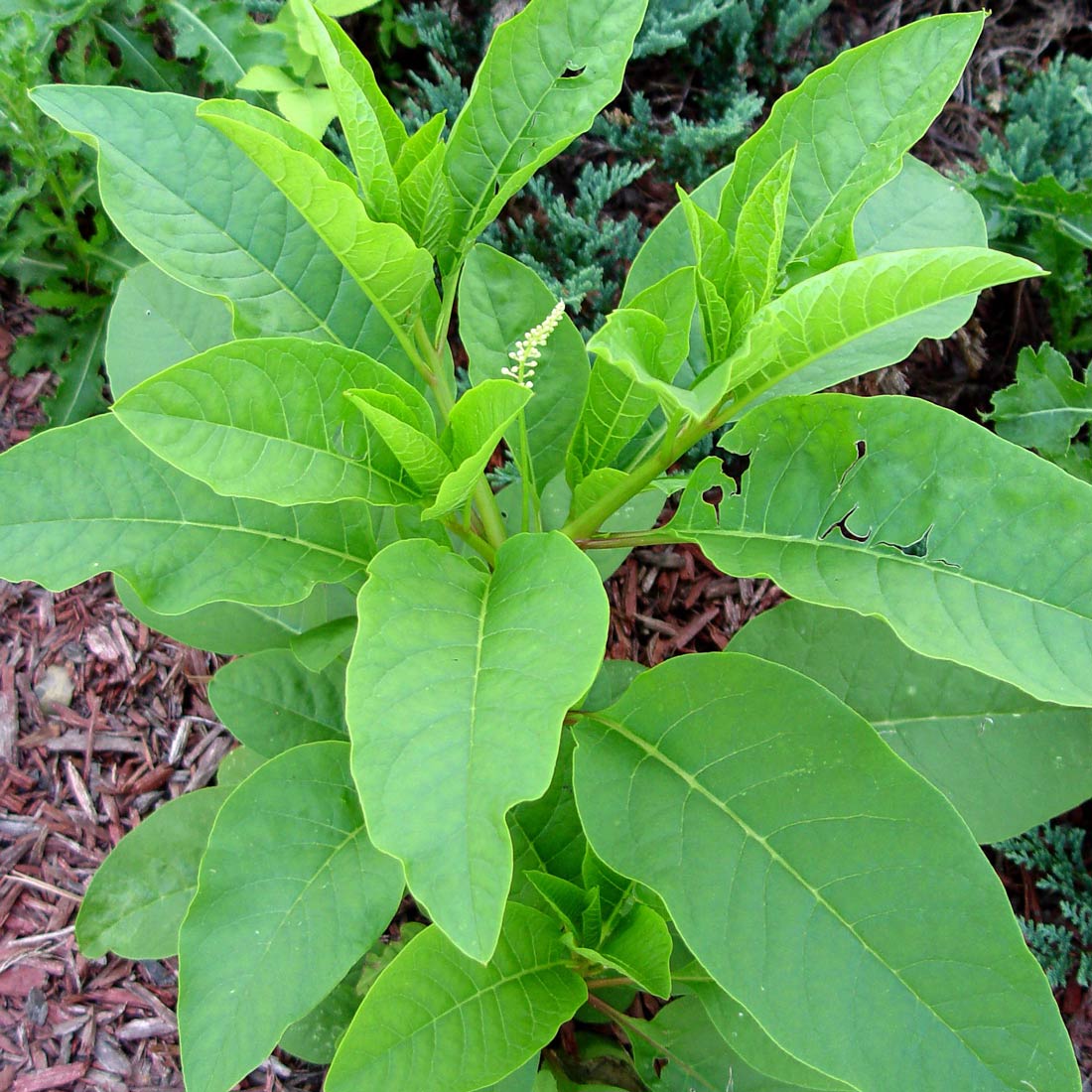How to Control Field Bindweed
This vining, hard to kill weed can quickly overtake landscape beds or climb six feet or more up trees and shrubs.
Not many “weeds” win plant-of-merit mentions from plant societies.
Common pokeweed did – drawing honors as The Herb Society of America’s 2023 Notable Native Herb.
The Herb Society points out that this hefty, tree-like perennial is a native species in all but ten U.S. states and is both an attractive pollinator plant when in bloom and an important food source for birds and mammals via its burgundy-black fall fruits.
Humans also have long used pokeweed leaves in “poke salads” and its berries for dye, ink, and medicine. That’s despite the fact that all parts of pokeweed plants are toxic to humans and most mammals. (Cooking in multiple changes of water dilutes the toxins.)
Pokeweed’s toxic nature is just one reason why not everyone is enamored when this plant shows up unannounced.
Pokeweed happens to be a super grower, able to ascend eight feet or more in a single season. That makes it an aggressive competitor.
It’s also a champ in the seeding department, able to spread far and wide thanks largely to the birds that eat its seed-laden fruits and distribute viable seed in their raining waste.
And pokeweed isn’t picky about growing conditions, tolerating a range of soil types and less-than-ideal sites.

These clusters of dark berries are a distinctive early-fall hallmark of pokeweed. George Weigel
Common pokeweed (Phytolacca americana), also known as American pokeweed, is a distinctive plant, not only for its size but for its striking, drooping, spike-like clusters of nearly black berries in fall. Because of that feature, some call the plant “pokeberry.”
New plants sprout from seed in spring and quickly grow into bushy plants that ultimately grow into what look like small trees of eight to nine feet in height. The stems are sturdy but hollow and are reddish in color.
Pokeweed leaves are light green, lance-shaped, and large – reaching four to six inches wide and 10 inches or more long. The leaf stems are pinkish, and the leaves grow in an alternating pattern along the stems. The leaves have an unpleasant smell when crushed.
Plants can start flowering as early as May, although June and July are peak bloom months. In the frost-free South, flowering can happen throughout the year.
Pokeweed flower spikes start out pale green, then turn white, then produce clusters of small green berries.
The berries grow to the size of small peas and ripen in late summer to dark purple-burgundy – nearly a glossy black. That’s when a wide variety of birds and mammals such as raccoons, foxes, bears, and even turtles have their feasts.
Plants die back with frost and gradually decay. However, pokeweed is a cold-hardy perennial that pushes up new shoots each spring to start another cycle.
Although pokeweed grows best in moist woodland edges and damp meadows, it tolerates drought, compacted or gravelly soil, and most light situations beyond full shade. You’ll find it in vacant lots, abandoned fields, pastures, alleys, and roadside ditches.

These are newly germinated pokeweed seedlings. George Weigel
If you’ve decided pokeweed is more weed than wildflower, the time to make your move is the first year when plants are young. Then it’s possible to dig plants.
Pokeweed is more difficult to eradicate once it’s well-established. With just a year under its belt, a pokeweed plant will develop a beastly taproot that can go a foot down and four to six inches across. Digging that is difficult, and if you don’t get all or most of the root system, new shoots can emerge.
It’s also possible to kill pokeweed plants with repeated cutting, although it’ll take persistence and likely more than one year.
Another alternative is spraying the foliage or cut stems with an herbicide labeled for pokeweed control.

Seedlings from spring regrowth of last year's pokeweed plants. iNaturalist

This early-summer pokeweed is just producing its first white flower spike of the season. George Weigel
Since pokeweed is such an effective seeder, a must for heading off future plants is preventing existing plants from producing mature berries. Pull young plants, making sure to remove the taproot, digging if necessary to remove the entire root. Use gloves to protect your skin and avoid an irritating rash. Even if whole plants aren’t eliminated, repeated cutting can at least help on that front.</
Another strategy is covering all bare soil with groundcovers or mulch to discourage pokeweed seeds from germinating.
And a third option is applying granular weed preventers to keep those bird-powered “flying pokeweed seeds” from sprouting in existing garden beds.
Preen Extended Control Weed Preventer is labeled for the control of common pokeweed in landscape beds. Two applications per year – once in spring and once six months later in fall – give season-long control of pokeweed and more than 100 other common weeds.
The product can be applied around hundreds of existing landscape plants. (The label lists plant-by-plant specifics.)
Preen Mulch with Extended Control Weed Preventer is a two-action bagged product that combines wood mulch with a pokeweed preventer. Apply around label-listed perennials, shrubs and trees in early spring before pokeweed seeds germinate.